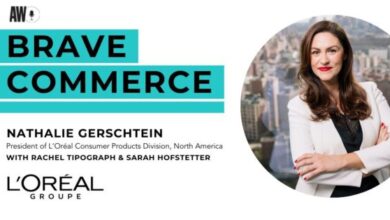
[ad_1]
This fall, led by younger consumers, we saw Black Friday online spending reach an all-time high of $9.8 billion in the U.S. While the saying “as the U.S. Consumer goes, so goes the economy” conflates spending with a healthy financial system, when we step back and take a closer look at the lives of young consumers, something unsettling emerges.
Start with the fact that Gen Z has 86% less purchasing power than Baby Boomers did in their 20s. Or that the number of recent graduates who were “not confident” they’ll secure a good position in today’s economy in Spring 2023, rose to 51% while over one-third of “Gen Z” don’t think they’ll ever be able to afford their own house.
But as we saw on Black Friday, Gen Z’s bleak hopes of achieving traditional markers of financial success stand in sharp contrast to their heavy spending. In the luxury sector alone, Gen Z and millennials accounted for “the entire growth of this U.S. market in 2022” and are predicted to represent 70% of spending there by 2025.
Pervasive financial pessimism is in the air. In a recent white paper published by Ogilvy Consulting, we dig into how FinServ brands should be thinking about their relationship to Gen Z and how to better engage and support them in their financial well-being.
Emotional spending affects more than half of Gen Z
A decade ago, 52% of 18-26-year-olds in the U.S. described their mental health as excellent. Today, that number is only 15%.
With social isolation, financial instability and an uncertain job market looming, Gen Z is struggling with a perceived lack of control in the world. 57% of American students in 2023 reported “persistent feelings of sadness or hopelessness,” a dramatic increase from 36% of Millennials at the same age in 2011.





